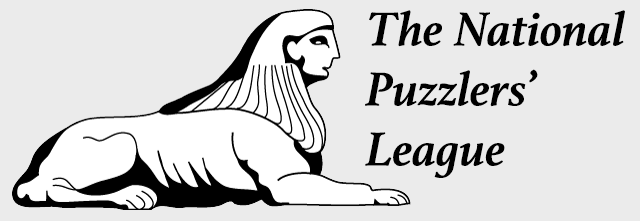
Cluesome is ideal for a group of 7 to 20 players. Each player writes down items to be clued on four separate slips of paper. The slips are folded and each player writes his name on the outside of each slip. The slips are distributed to the next four players clockwise around the circle, sight unseen.
Each player in turn then serves as a "clue-giver," starting with some randomly chosen player and then proceeding clockwise. The clue-giver studies the four slips he has received, chooses one of the answers, and names the "author," i.e. player who submitted the answer. The clue-giver then provides a clue for the answer, and all players (except the clue-giver and author) have thirty seconds to write down what they believe the answer is. The clue-giver succeeds if at least one but fewer than fifty-percent of the other players get the correct answer from the clue. The ideal situation in which exactly one player answers correctly is called a "cluesome."
Possible answers that players may write on slips include words (e.g., watermelon, happiness), familiar multiword phrases (e.g., Ping Pong paddle, no sweat), and proper names (e.g., Lyndon B. Johnson, Empire State Building)—essentially anything that is short and clueable.
The clue-giver’s clue can involve nearly anything. When the clue-giver is finished giving the clue, he should say, "Stop," to signal the thirty-second for answering. An answer must be exact in order to count (e.g. "Harry S Truman" is not the same as “Harry Truman”) so it is a good idea for the clue-giver to specify the number of words, initials, etc. The following clue types are not acceptable:
The other players write answers on scrap paper. A player confident with his answer may write “bet” on the scrap paper in order to earn extra points. The author may also predict whether the clue was too hard (no correct answers) or too easy (more than fifty-percent answering correctly). The author announces any such prediction before players reveal answers.
If no player gives the correct answer, the clue-giver must give another clue for the same answer. If more than fifty-percent answer correctly then the clue-giver must choose a new answer and start from scratch. Once a clue-giver-succeeds in receiving a number of correct answers within the target range, the role of the clue-giver passes to the next player clockwise. A complete round of play involves every participant assuming the role of clue-giver.
Players score as follows:
Author
Clue-giver
Answering player
Cluesome has been played in chat sessions. The chat version requires something of an honor system in randomly distributing the slips. Author predictions are generally dispensed with. Answers are given by synchronized reveal (see the section on giving answers in the introduction).
Cluesome was introduced by Bluff.